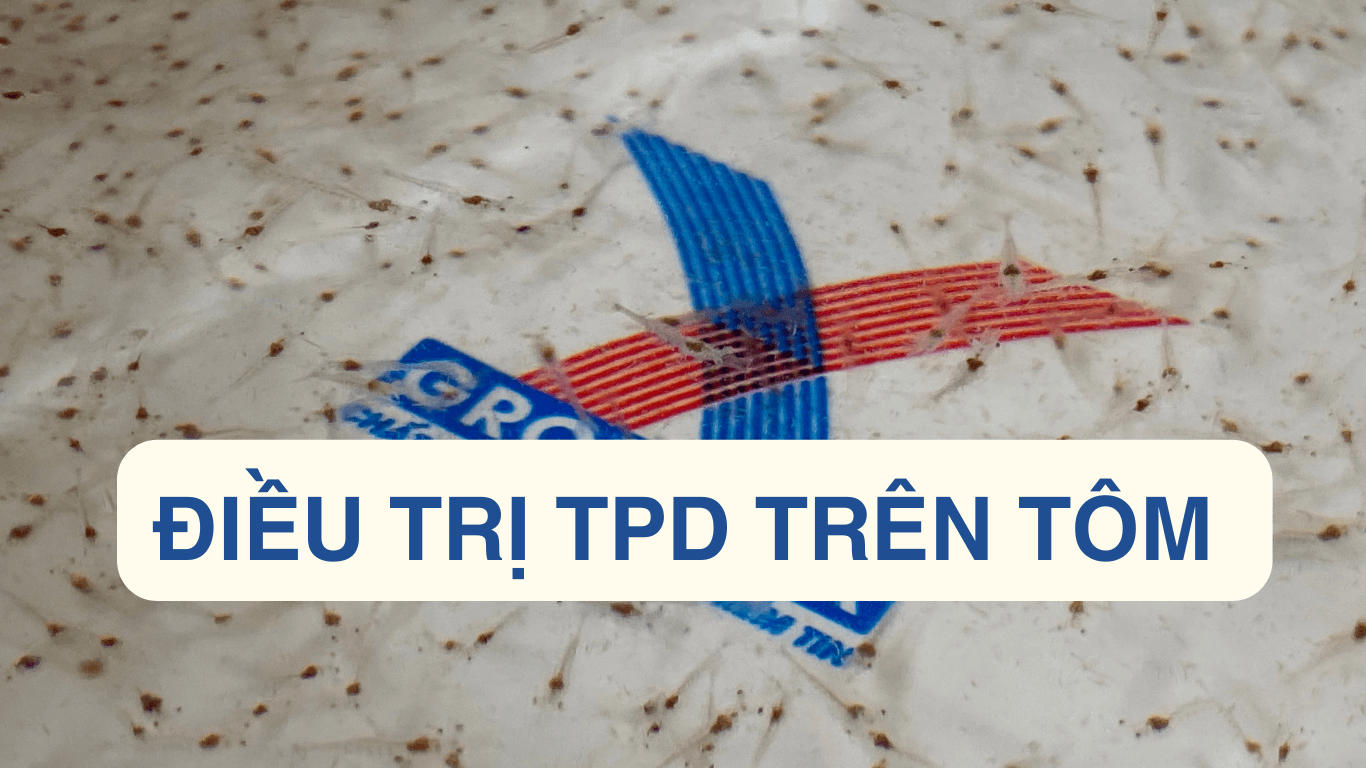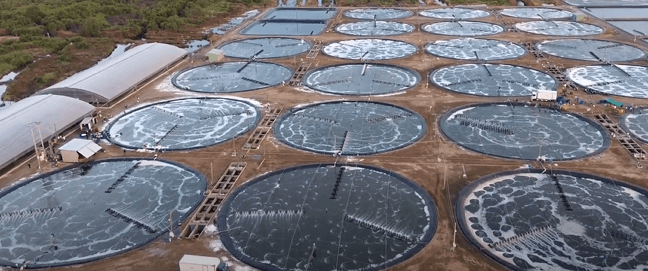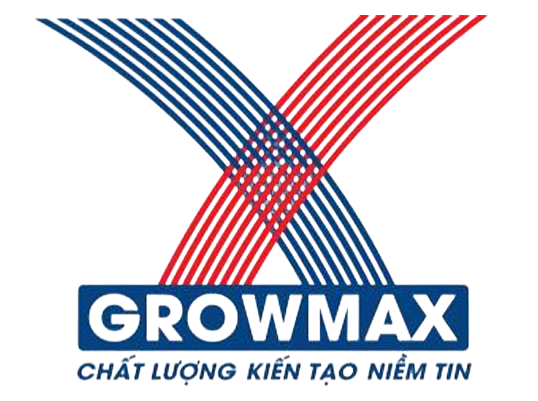
Translucent post-larva disease (TPD) in whiteleg shrimp in a short period of time since the end of 2023 has been recorded in many shrimp farming provinces in the Mekong Delta such as Bac Lieu, Ca Mau, Tra Vinh, … and has become an epidemic with a rapid spread rate and caused serious damage to shrimp farmers.
Understanding TPD in shrimp
TPD is currently believed to be caused by Vibrio Parahaemolyticus (Vp- JS20200428004-2) – a species of bacteria belonging to the genus Vibrio. With clinical signs such as: pale or colorless hepatopancreas and digestive tract, empty digestive tract, causing the body of the diseased shrimp to become transparent and opaque, weak shrimp, reduced swimming speed.
Postlarval opacity disease mainly affects shrimp from 2 to 15 days old and there is currently no effective treatment method, forcing farmers to completely discard infected shrimp.
Challenges in treating TPD in shrimp
TPD in shrimp is currently very complicated, spreads quickly, there is no effective treatment method, causing great confusion for shrimp farmers. Many sources believe that TPD comes from shrimp larvae, but although shrimp larvae have tested negative for TPD on shrimp, after only a few days of being brought back to raise, shrimp still die en masse. This poses many difficulties in determining the source of the disease for treatment.
If not treated promptly, properly, and in the right place, almost all shrimp will die, and farmers will be forced to discard completely, causing serious economic damage to farmers, while increasing pressure on the environment when farmers have to re-treat water and dispose of dead shrimp. At the same time, if the shrimp die at the stage of seedling before being released from the seedling farm, the seedling production facilities will be the first to suffer losses. This can then cause a decrease in the supply of shrimp seedling and affect the entire shrimp farming season for farmers, commercial shrimp purchasing and processing facilities and the entire shrimp industry value chain.
Effective solutions to prevent and treat TPD
Because the origin of TPD in shrimp has not yet been determined, shrimp farmers must have comprehensive prevention solutions in all elements of the shrimp farming process. Specifically:
Select healthy breeds from reputable facilities and have been fully tested
Strictly manage the farming environment by ensuring compliance with standards on water environment, waste treatment, use of antibiotics, and microbial active ingredients. Continuously check and handle any unusual changes immediately. In addition, advanced high-tech farming models should be applied such as GrowMax water circulation model helps ensure the water environment, save water and soil, limit water changes and many diseases. Using quality feed ensures adequate nutrition, minerals, amino acids, etc. for shrimp, especially in the nursery stage before transferring to the pond, helping shrimp improve resistance, develop well and withstand TPD disease in shrimp. Such as special functional feed to support the prevention of TPD disease in shrimp, Specific TPD of GrowMax Group.
– Specific TPD is a functional feed product that GrowMax nutrition experts have painstakingly researched and developed on a special formula.
– Specific TPD is supplemented with specialized additives that promote the immune system of farmed shrimp, enhance the resistance of farmed shrimp to TPD pathogens.
– Specific TPD is supplemented with a special group of biological active ingredients to help promote the completion of the digestive system of small shrimp, support the absorption and metabolism of food in the most effective way.
– Specific TPD helps provide all the essential nutrients for shrimp to grow quickly and have strong resistance.
See more product information here

Fig. GrowMax water circulation model
Summary
Although there are still many difficulties and challenges in preventing and treating TPD in shrimp, it is not impossible. Farmers need to strictly control all stages in the farming process from the environment, breeds, food, … to help shrimp grow and develop and have good resistance to overcome the difficult period of TPD in shrimp.
